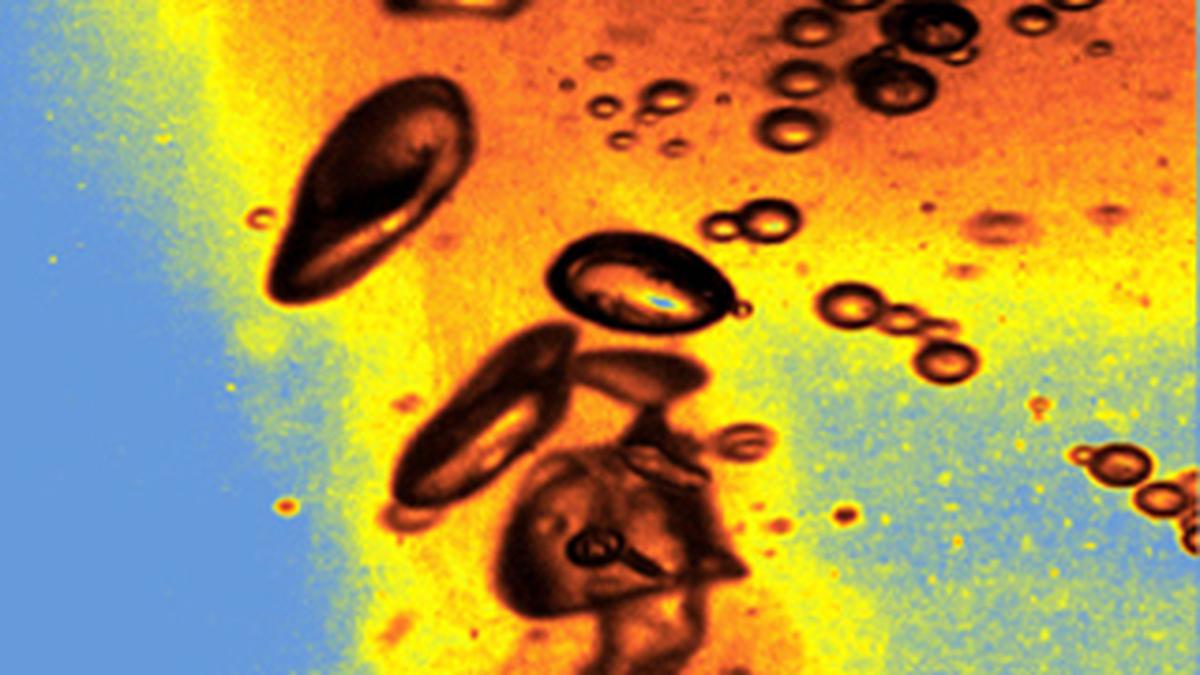
Bengaluru researchers overcome Carnot limit, age-old thermodynamic puzzle solved with novel micro heat engine
The Hindu
Designing a heat engine that can produce maximum power at maximum efficiency is a major challenge.
Researchers at the Indian Institute of Science (IISc.) and Jawaharlal Nehru Centre for Advanced Scientific Research (JNCASR) have cracked an age-old thermodynamic puzzle by devising a novel micro heat engine.
Designing a heat engine that can produce maximum power at maximum efficiency is a major challenge. Practical heat engines are limited to a theoretical efficiency called the Carnot limit, which sets a cap on how much heat can be converted to useful work. In a breakthrough, researchers at IISc. and JNCASR have devised a novel micro heat engine that has overcome this limitation at the lab scale.
The study was published in Nature Communications.
“What was considered impossible until today, we have demonstrated that it is possible — achieving both high efficiency and high power simultaneously,” said corresponding author Ajay K. Sood, National Science Chair Professor at the Department of Physics, IISc., and Principal Scientific Adviser to the Government of India.
Heat engines convert heat into work. For example, moving a piston in a certain direction. For an engine to be 100% efficient, when the process is reversed – the piston returns to its original state – there should be no heat wasted, which is what was proposed by French physicist Sadi Carnot in 1824. This is only theoretically possible if the process happens extremely slowly, but that also means that the power output will be zero, making the engine practically useless. This is known as the power-efficiency trade-off.
“Since the 1970s, people have been attempting to address the power-efficiency trade-off. In the early 2000s, researchers explored microscopic systems to overcome this challenge. In 2017, a paper claimed that it was impossible to solve this thermodynamic puzzle,” said Sudeesh Krishnamurthy, former PhD student in the Department of Physics, IISc., and first author of the study.
In the current study, the team mimicked the functioning of a conventional heat engine at the micron scale. Instead of using a mix of gas and fuel, they took a tiny, gel-like colloidal bead, and used a laser beam to direct its motion, similar to how the piston works in a macroscopic engine.





















 Run 3 Space | Play Space Running Game
Run 3 Space | Play Space Running Game Traffic Jam 3D | Online Racing Game
Traffic Jam 3D | Online Racing Game Duck Hunt | Play Old Classic Game
Duck Hunt | Play Old Classic Game











